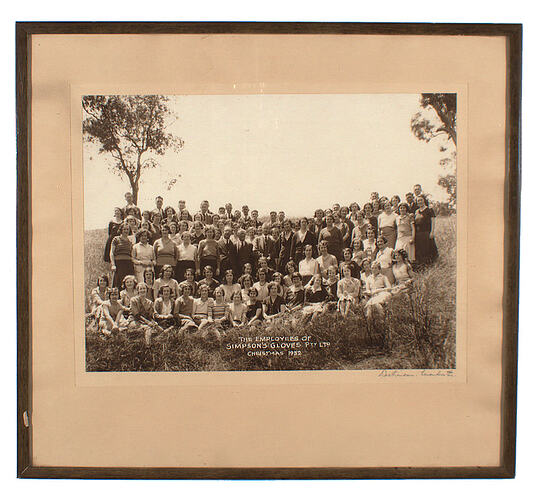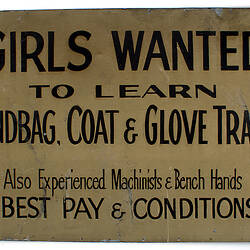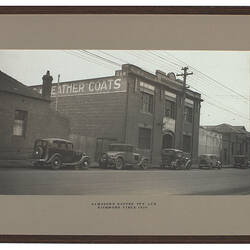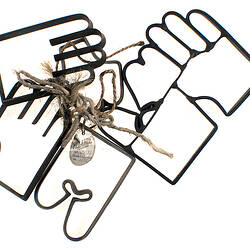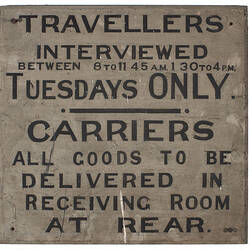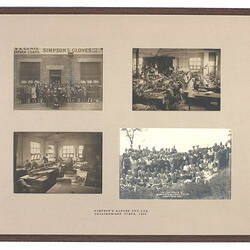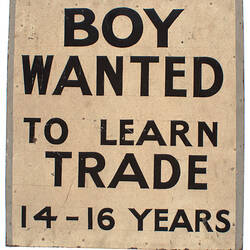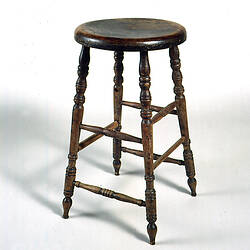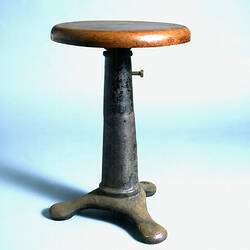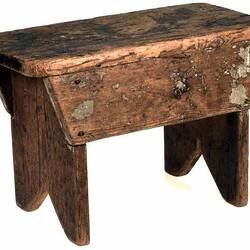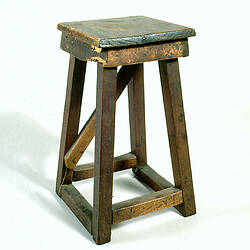Peak employment at Simpson's Gloves was in the mid 1930s, when about 45 workers were employed at peak periods in handbag manufacture, and about 60 in gloves and coat manufacture. In addition there were 3 women in the office and salesroom, Amos Simpson and Henry Atkins as managers, 2 salesmen, a van driver and a tea lady.
There was a clear sexual division of labour in the factory. Men were employed to do the heavy manual work, such as cutting the leather, and carrying and sorting goods. Women were employed as assemblers and machinists and in the office. Prior to the 1950s most workers were from an Anglo-Celtic background, with many European migrants commencing in the 1950s and 1960s and Asian workers from the 1970s.
Women were able to start work at the factory at the age of 15. However Hazel Morgan managed to get a job there when she was 14, and had to hide in the toilet whenever the factory inspector called. Simpson's preferred to hire young women and train them on the job. The young women would work as an apprentice with a trained worker, and become independent after 4 years. Many women who worked as young women were re-employed following child-rearing.
Production was seasonal, as a majority of the company's products were directed at winter wear. Production was highest in the first half of the year, especially in April and May. For example, full-time employees averaged about 44 hours week for the first 6 months of 1930, working an additional 4-8 hours during mid-April. From July to the end of August, they averaged a 34 hour week, and 30 hours from September to November.
The factory appears to have been fully unionised, with workers being members of the Australian Saddlery Leather Sail Canvas Tanning Leather Dressing & Allied Workers Trades Employees Federation and later the Miscellaneous Workers Union. One objector to unions evidently had his union dues paid for him.
Archives:
The University of Melbourne Archives holds business records relating to the company, including ledgers, journals, wages books, time books and catalogues.
References:
Frances, Raelene (1986).'No More Amazons: Gender and Work in the Victorian Clothing Trades, 1880-1939', Labour History, no 50: 95-112.
Interviews with former managers and workers: Arthur Atkins (1989), Ernie Jordan (1989), Nell Marks (1989), Hazel Eddy & Gwen Simons (1990).
More Information
-
Keywords
-
Authors
-
Article types
